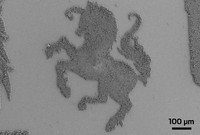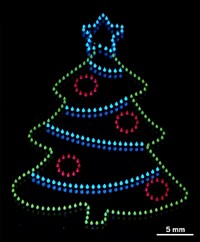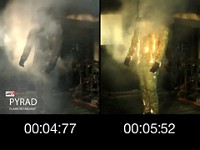Advertisement
Grab your lab coat. Let's get started
Welcome!
Welcome!
Create an account below to get 6 C&EN articles per month, receive newsletters and more - all free.
It seems this is your first time logging in online. Please enter the following information to continue.
As an ACS member you automatically get access to this site. All we need is few more details to create your reading experience.
Not you? Sign in with a different account.
Not you? Sign in with a different account.
ERROR 1
ERROR 1
ERROR 2
ERROR 2
ERROR 2
ERROR 2
ERROR 2
Password and Confirm password must match.
If you have an ACS member number, please enter it here so we can link this account to your membership. (optional)
ERROR 2
ACS values your privacy. By submitting your information, you are gaining access to C&EN and subscribing to our weekly newsletter. We use the information you provide to make your reading experience better, and we will never sell your data to third party members.
Nanomaterials
Chemistry In Pictures
Chemistry in Pictures: A transparent, breathable mask
by Manny I. Fox Morone
February 17, 2022

At a distance, this mesh doesn’t look like much, and that’s kind of the point. Researchers in the labs of Xianfeng Wang and Bin Ding at Donghua University wanted to make a mask fabric that could filter out pollutants but still be transparent enough to see a mask-wearer’s face. They developed this fabric by depositing electrically charged nanosized fibers of polyacrylonitrile on a mesh made of overlapping hexagons of nylon 6 (micrograph below). The fibers mainly stay on the mesh material, but also fill in little cavities, allowing for thin, breathable masks that can filter out more than 80% of PM0.3 pollution while enabling facial recognition.
Credit: Chao Wang. Read the ACS Nano paper here.
Do science. Take pictures. Win money. Enter our photo contest here.







Join the conversation
Contact the reporter
Submit a Letter to the Editor for publication
Engage with us on Twitter